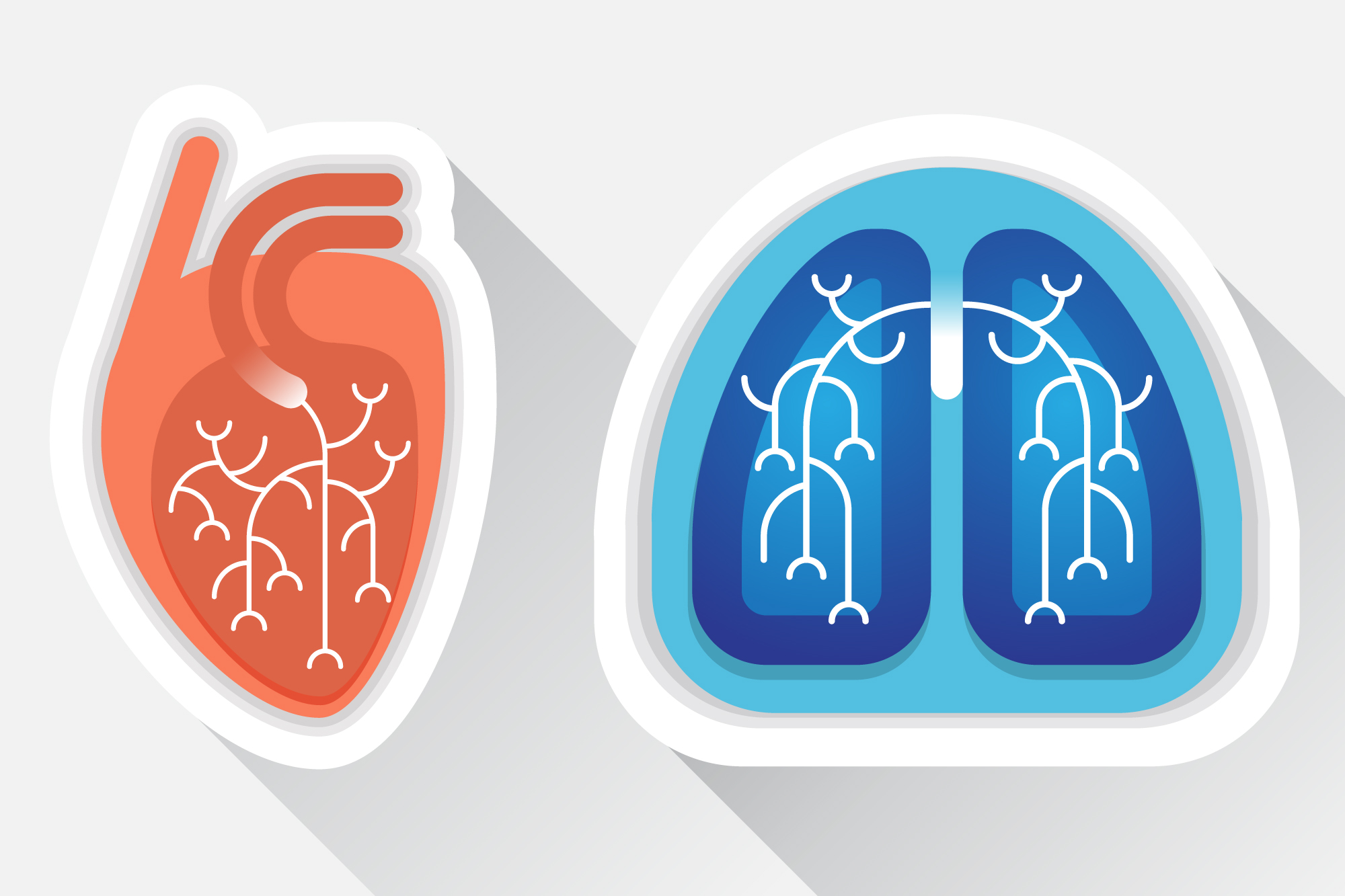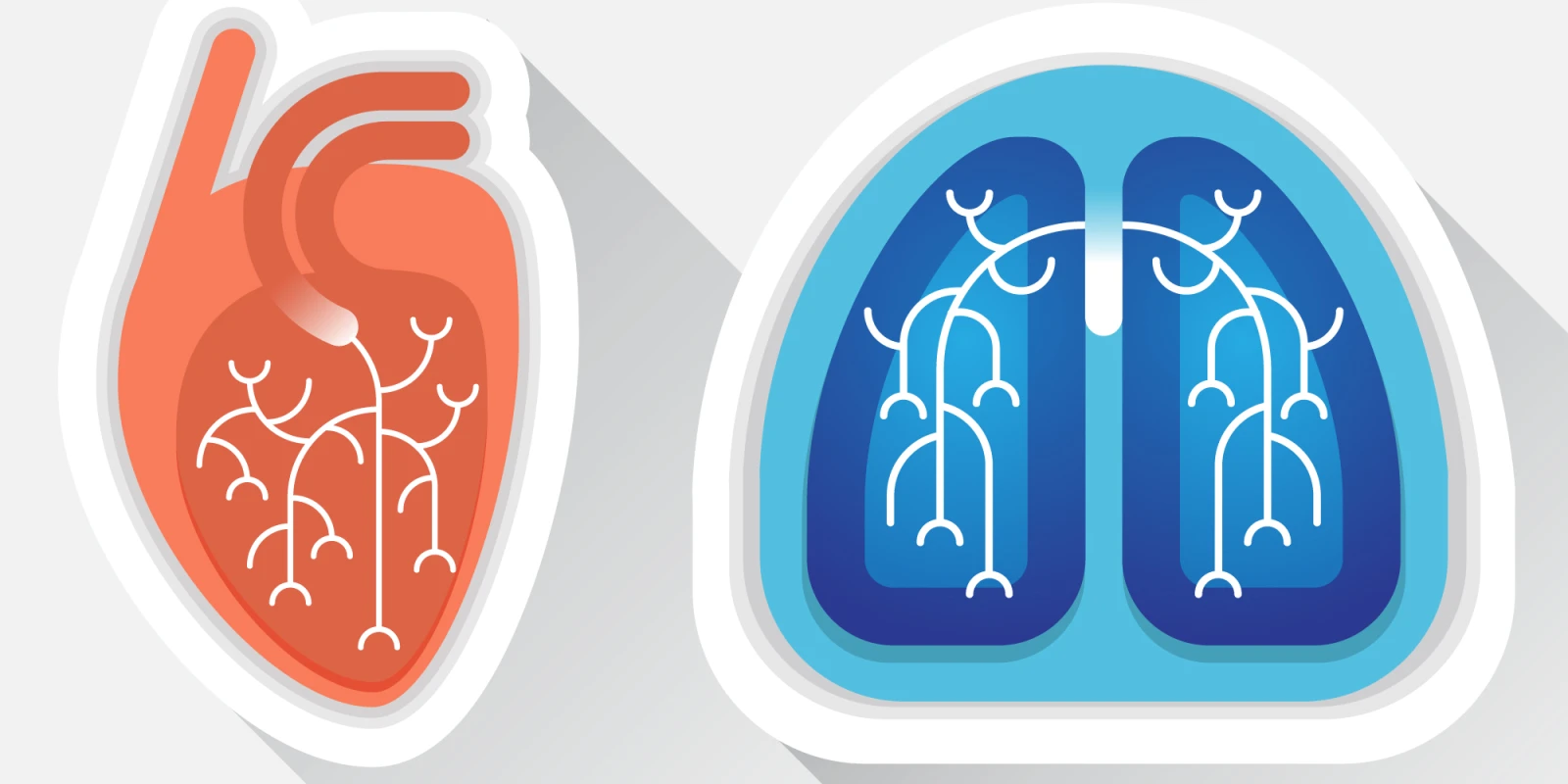
Doximity: Hi Dr. Umar, thank you for agreeing to speak with me today. Can you tell me a little about your background/current role and work you are doing?
Soban Umar, MD: I am currently a faculty member in the Department of Anesthesiology at UCLA. I am also affiliated with the Division of Molecular Medicine and cardiovascular team. I also run a lab in the Center of Health Sciences and am NIH funded. I teach and do clinical work in anesthesia and mentor students.
Dox: Have you been to the ATS conference before? Which sessions or topics are you most interested in?
SU: I have been to ATS many times and it is always a successful conference. They have granted me a handful of investigator awards. I also received a Pulmonary Hypertension (PH) Association grant through ATS in 2016-17 and recently received a Pulmonary Hypertension Fellowship grant.
I had the pleasure of moderating at the conference and live tweeting. I am most interested in the Pulmonary Circulation Assembly’s sessions and research presented on the right ventricle which also gets affected in PH.
Dox: What do you think are the most pressing topics right now in pulmonary and critical care medicine?
SU: Pulmonary vascular diseases which have a lot of complications. PH, for example, increases pressure in the lungs and blood vessels and can lead to right heart failure.
In pulmonary fibrosis (PF), often it leads to lung transplants and death. Not every patient is a good candidate for a lung transplant. And there is public awareness on becoming donors, but people are not donating. Then there is the issue of a single versus double lung transplant. If PH is severe enough and both lungs are really scarred, they will need a double lung transplant. Research around PF and PH is so important because if we cannot control PH, the need for double lung transplants will continue to increase. More research can improve patients’ condition with these diseases and address the bigger picture of transplants. Not only do these patients need lung transplants but often they also need new hearts due to heart failure and other related cardiac conditions like arrhythmias.
Dox: How long have you been researching PH and PF?
SU: I have spent 15 years researching on PH and published almost 40 articles on the topic, a lot of which are in the ATS journal.
Dox: How are PH and PF linked?
SU: Currently, we do not know which patients will develop PH. At UCLA, we perform the most heart and lung transplants in the country. Most of the patients I see have developed PF from occupational hazards, such as from working with fumes and chemical toxins like in the paint industry or serving in the military. With epigenetics, we can understand more about PF from animal models. Questions to consider are: who are the people that are more resistant to developing PH in PF and who will develop it more quickly?
When lung gets scarred, cytokines get released from blood vessels that tend to thicken smooth muscle cells in the pulmonary artery. mRNA leads to increased PH by increasing proliferation of pulmonary artery’s smooth muscle cells and changing the phenotype.
MicroRNA (mRNA) microarray is smaller than regular RNA and can be detected in tissue or blood. In my ATS abstract, “Overexpression of miR125b Induces Group3 Pulmonary Hypertension in Pre-Existing Pulmonary Fibrosis,” we found that the RNA miR125b was overexpressed in the lungs of rats with combined disease (PF-PH). With one disease alone, miR125b did not increase.
Is this overexpression causative or an end product because of getting the two diseases together? We took this RNA and overexpressed it in rats and cells from humans isolated from lungs and were able to induce disease. Rats were exposed to PF stimulus and endothelial cells switched their phenotype to mutated mesenchymal cells. This finding is important because functional endothelium in lungs is needed for drugs to work.
Dox: What can other pulmonary or critical care clinicians apply from your research?
SU: The data found in animal models can be replicated and confirmed in humans. There is no cure for pulmonary fibrosis or pulmonary hypertension. This research can inform therapeutic targets for future drug development, cluing us in to which mRNA should be upregulated or downregulated.
Dox: How do you see genetics being used in understanding/treating other pulmonary diseases?
SU: This application can be used in other lung diseases such as lung cancer. RNA sequencing is expensive and requires resources and funding. ATS and NIH help with grant funding which is important for furthering this work. We just need good RNA quality (tissue, blood, plasma, cells). Bioinformatics professionals can help us analyze this data.
Dox: How can clinicians with an interest in genetics learn more to enhance their practice?
SU: Genotyping is already being done for hepatitis or cancer and the time will soon come in cardiovascular medicine. Finding mRNA in circulating plasma is highly feasible which can be done in a simple blood test. And gene and cell therapies are promising but there is still much to be learned about safety and efficacy. I recommend reading more research on what’s happening in animal models to see the potential of what can be done for humans.
This interview was conducted by Angelica Recierdo, Op-Med Editor.






